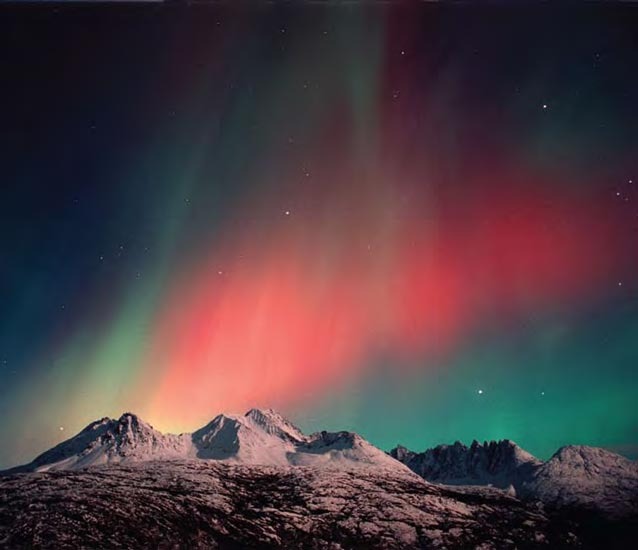Aurora Borealis: Aurora Borealis or the Northern Lights are brilliant displays of light that can be seen in high-altitude regions of the Northern Hemisphere.
These are one of the most spectacular things to watch in the night sky and have captivated people for thousands of years.
Are you curious about aurora borealis and what causes them?
We have answered all these questions and more below.
Keep reading.
What is Aurora Borealis?
Aurora Borealis is a beautiful sight of dancing lights that can be seen in the high-altitude regions of the Northern Hemisphere. The best time to watch the northern lights is between late September to Late March.
Similar to the Aurora Borealis, there exists another similar phenomenon called Aurora Australis which can be witnessed in the Southern Hemisphere.
What Causes Aurora Borealis?
Aurora Borealis is caused due to a celestial phenomenon occurring in the sun known as solar storms which causes releases of a large mass of electrically charged particles at very high velocity ( sometimes in excess of two million km in an hour).
When such particles reach the earth, they clash with the earth’s magnetic field, due to the earth’s magnetic field, most of these particles are deflected while some get entangled and are dragged into the north and south poles which are regions of highest magnetic activity.
On reaching the poles these particles interact with gases like nitrogen, oxygen and ozone present in the atmosphere which causes the gas to become heated and release energy in the form of lights.
The process by which gases become heated and release energy is called excitation.
This is the reason why aurora can be seen concentrated mostly in the north and south poles.
What causes Aurora Borealis Colours?

Source: Michael Klensch
The combination of particles from the sun with the atmospheric gases results in a vibrant pattern across the sky, you can witness green, violet, red or pink hues dancing across the sky in Aurora Borealis.
The deep red and green colour is due to the oxygen molecules while the pink, purple and blue or shades of blue are due to interaction with nitrogen. The deep red colour is caused by the high-altitude oxygen.
The lowest part of the aurora is around 80-100 km above the earth’s service while the top extends to thousands of miles above the earth’s magnetic field.
The brightness of the Aurora Borealis is directly related to the intensity of the solar storm, the more intense the solar storm, the more particles will be released and as a result, there will be more frequent and bright aurora to witness.
Some of the best places to watch Aurora Borealis are in Canada, Norway, Iceland, Alaska, Sweden etc.
Comments
All Comments (0)
Join the conversation